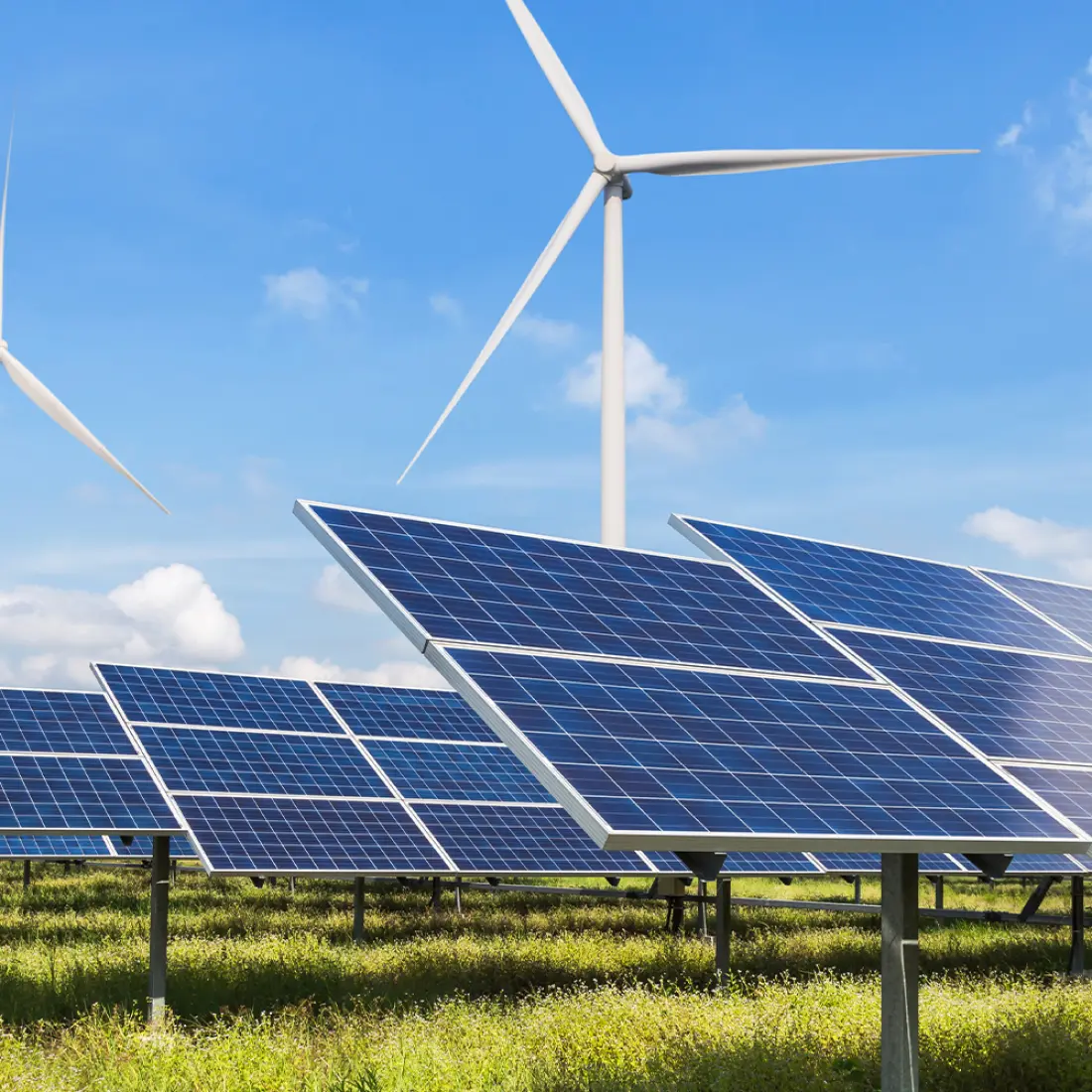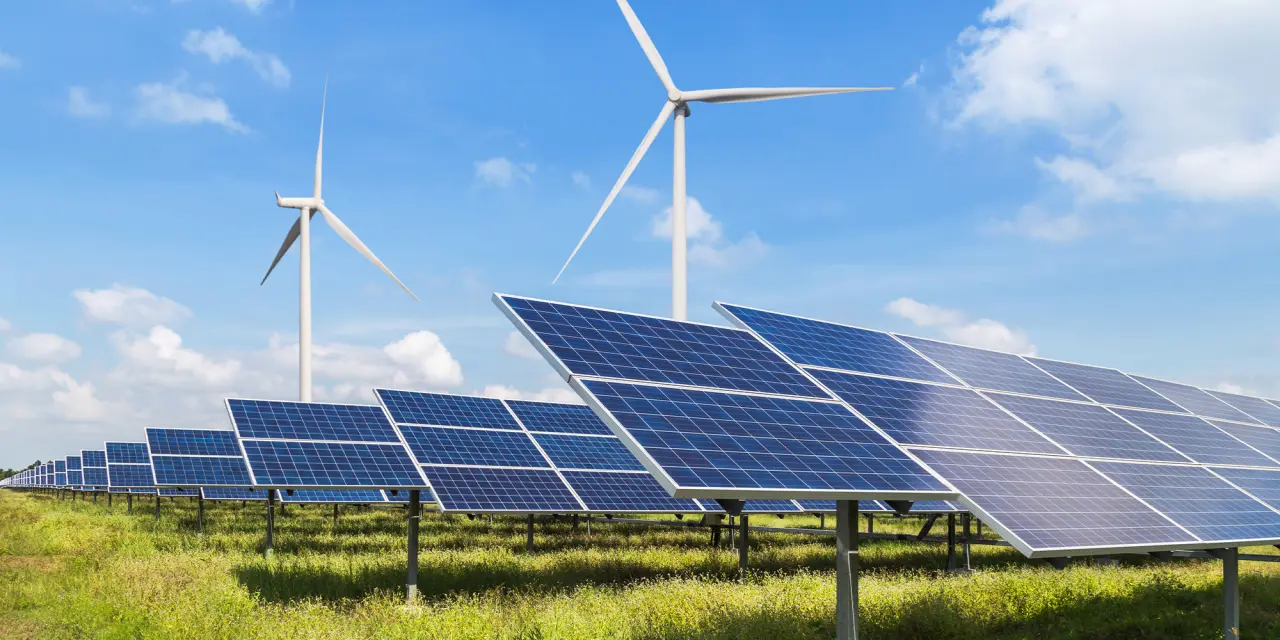How policy can shape future solar energy expansion


The solar photovoltaic (PV) market is growing quickly. In 2021, the sector was worth $160.3 billion globally. Forecasts predict a compound annual growth rate (CAGR) of 15.7% between 2020 and 2030. That will lead to a market value of $607.8 billion at the end of the decade.
Government policies play a role in this impressive growth because they affect the affordability and accessibility of solar power systems for homeowners and businesses. In the United States, federal tax credits make new solar installations more affordable. Meanwhile, the European Union is working on a comprehensive strategy to expand solar energy capacity to deal with energy needs.
These government plans and policies play a pivotal role in the future of solar energy. In addition to the general efforts to increase solar adoption, authorities can take practical measures, such as mandating clean energy for new buildings and easing the permitting process for people who want to install solar panels on their property.
Here is an in-depth look at solar-positive government policies and how they help increase the accessibility of PV systems.
Loosening rules on tax credits for renewable energy investments
Adjusting current regulations is one method for making solar more accessible. For instance, in 2023, the European Union made efforts to ease restrictions on tax credits, simplifying the process for member states to provide them for solar installations.
This effort led to some changes, such as France's clean energy tax credit. The bloc is also attempting to create incentives and change permitting processes to keep clean energy companies on the continent. Many have moved operations to the U.S., which already has incentives and solar-friendly laws for companies in place.
But what type of investments will these changes bring? Investors have different options for putting capital into renewable energy:
- Commercial or residential solar PV systems produce clean energy and lower the cost of power overall because they limit reliance on the grid. You can invest directly in these projects to support renewable energy.
- Real estate investment trusts (REITs) allow you to purchase shares in eco-friendly properties with clean energy features.
- Green bonds are like traditional bonds, which you purchase at a discount and redeem for full value at expiration. However, the funds from your investment are used for clean energy projects or other environmentally-friendly developments.
Relaxed permitting rules and incentives for both companies and homeowners make solar power one of the more attractive sustainability-related investments.
Streamlining the permitting process for solar farms
The EU has struggled with complex administrative processes and these permitting rules and red tape (excessive administrative processes) are at odds with clean energy goals. However, the EU Commission has plans to streamline the permitting process for renewable energy projects and cap the wait time for permits on large-scale projects.
These changes should limit the red tape for renewable energy projects and keep work from getting delayed by permitting issues. The promise of fewer administrative roadblocks has given rise to a more positive outlook for renewable energy on the continent.
Easing administrative delays is only part of the picture. New technology is making it easier for investors and homeowners to increase the yield of their solar power installations. For example, solar design software can help place and angle each panel to maximize output and account for all variables affecting energy production.
Permitting and large-scale design tools can help commercial and utility-scale solar projects. There is also technology and incentives for small-scale solar, as well.

Offering tax credits for small-scale PV systems
New laws in the EU make solar more accessible for residential users. For example, Germany has given tax exemptions to small-scale residential and commercial PV systems. These are combined with new tax credits to make installations more affordable for homeowners and small businesses.
These changes are meant to increase the accessibility of rooftop solar and mimic U.S. incentives, which currently offset 30% of the project's cost.
Mandating rooftop solar for new construction buildings
The EU is taking actions beyond incentives and tax breaks. The bloc is also mandating the use of clean energy in new buildings. Commercial and public-use buildings must install rooftop solar panels by 2026. The regulations will require all larger public buildings to add panels by 2027. Then, in 2029, new residential constructions will also need to have solar panels.
Luckily, technology is keeping pace with new solar requirements. Software designed for roof-mounted solar arrays can help place panels for maximized output. This planning is even more important for rooftop installations because variables like shadows from other buildings and roof angles can complicate the design process.
Freeing up land for utility-scale solar development
One of the biggest roadblocks to utility-scale solar development is land availability. A one-megawatt (MW) solar array requires up to 10 acres of land. Authorities are attempting to free up land to help with the expansion of utility-scale solar.
In the U.S., the Bureau of Land Management (BLM) has laid out a long-term roadmap for using public lands for utility-scale solar. These projects will include both solar arrays and battery storage facilities.
These developments are essential. The U.S. hopes to get 30% of its electricity from solar by 2030. Worldwide, the use of utility-scale solar could triple by the end of the decade. This growth will require careful use of land and managing conflicts between solar farms and agricultural businesses that need the same land for farming.
Providing training programs for renewable energy careers
Financial and logistical aspects of solar power expansion are only a part of the picture. The industry needs more skilled workers to meet the increased demand for solar panels.
Europe will need one million solar workers by 2025. There currently aren’t enough trained professionals to fill these roles. In some instances, the competition of workers requires offering higher pay. This may add to the overall cost of the project.
The European Institute of Innovation and Technology (EIT), a branch of the EU, has launched an effort to create training programs to upskill and reskill energy workers to fill vital roles. The programs will also offer a pathway for new workers to enter the field.
How can your business contribute to the future of solar energy?
Businesses can invest in solar energy to gain multiple benefits. First, they can participate in the green revolution by lowering their carbon footprint using renewable energy instead of fossil fuel-generated power. Also, solar installations may qualify for tax credits, subsidies or other incentives that lower the cost of installation.
Solar power can lower operating expenses by producing energy without requiring a company to buy it from the grid. With the help of solar technology software, a business can maximize solar output and minimize the energy it needs to buy from the grid.
A solar array can provide these practical benefits and will also make the business part of the switch to clean solar energy.
Conclusion
The future of solar energy is undeniably bright. While challenges, such as excessive administrative processes, remain, policy-driven initiatives are expected to continue shaping the landscape of renewable energy. Solar power will become more accessible and appealing to investors and consumers worldwide.
By streamlining permitting processes, offering financial incentives, and mandating sustainable practices, governments are not only catalyzing the solar market's growth but also paving the way for a more sustainable and energy-secure future.